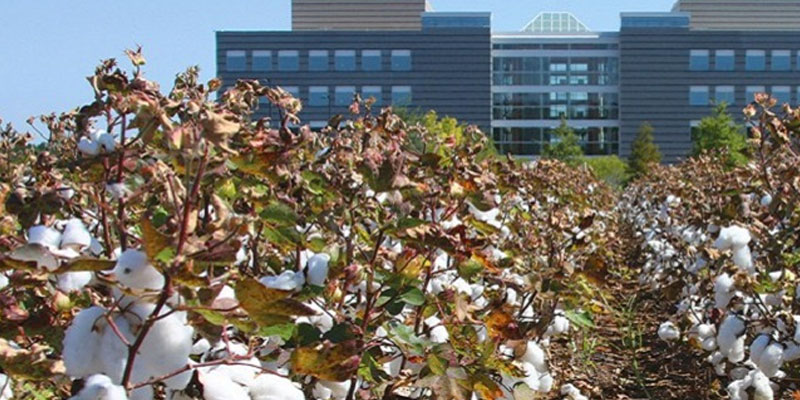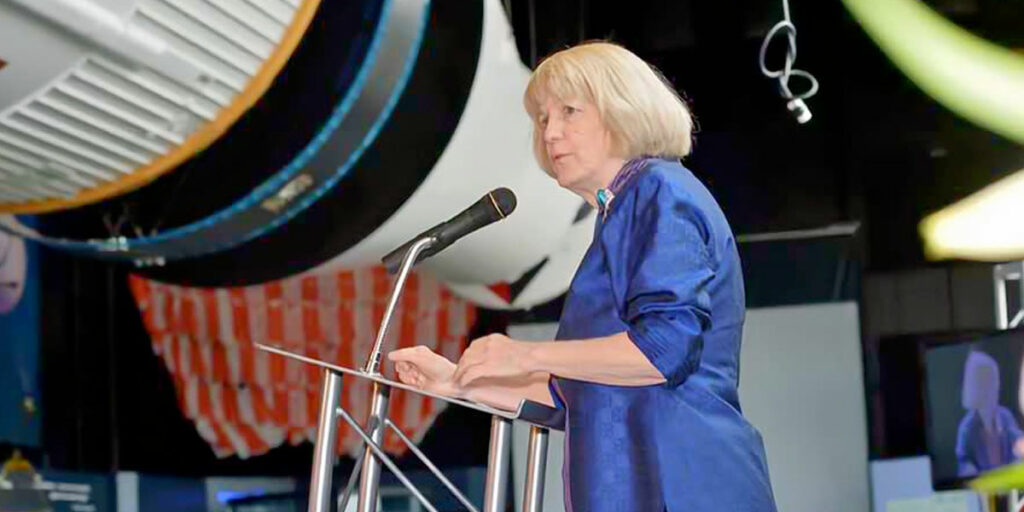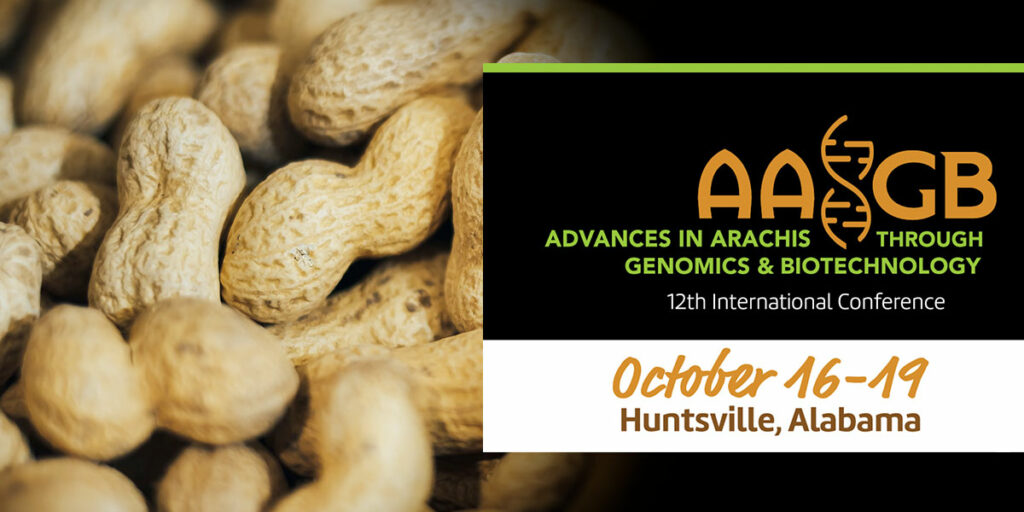Researchers at the HudsonAlpha Institute for Biotechnology have set out to make a better cotton through a series of research collaborations, grants and projects. These grants include sequencing “elite” cotton strains, sending cotton to space and conversations between students and astronauts.Genetics could transform the very ways we think of cotton and its uses. Scientists ask us to imagine colored cotton straight from the plant, which would reduce the environmental footprint of dye use. Fire-retardant cotton would come with major implications for consumer safety. Cotton might even be bred with natural antimicrobial compounds, which could revolutionize the medical industry by providing hospitals with linens and bandages that have antibacterial properties.
With such bold visions, it’s easy to see why researchers have focused in on cotton for genetically guided improvement. A series of grants will allow researchers at the HudsonAlpha Genome Sequencing Center (HGSC) to move us ever closer to the cotton of tomorrow.
One project HGSC scientists will work on has them sending cotton to space. The idea is that cultivating cotton in zero gravity might alter the genetics or epigenetics of transformation in a visible way, giving scientists a target when compared to cotton cultivated on earth.
The HGSC provides high-quality whole genome sequencing and analysis in agriculture, having created more than half of all the high-quality reference genomes currently in circulation. Now the project team, led by Jeremy Schmutz, will sequence both the earth-grown samples and the samples that return from space, searching for differences on the genetic level. The effort is part of a collaboration with Christopher A. Saski, Ph.D., of Clemson University, funded by Target and the Center for the Advancement of Science in Space (CASIS).
However, it’s not the only cotton-based project on the radar for the HGSC. Schmutz is also heading a project funded by Cotton Incorporated that will compare elite cotton lines with a historical one. Breeders develop “elite lines” that they use as the basis for their crops, often because they are well adapted to the climate they’re grown in, particularly disease resistant or have some desirable traits. By comparing elite lines to a historical cotton reference genome, researchers hope to unveil the parts of the cotton genome that make the elite lines so desirable, making them easier to replicate and improve.
As far as education is concerned, Vice President of Educational Outreach Neil Lamb, Ph.D., will lead a student experience for a diverse group of students from local high schools. The Educational Outreach team will cover the basics of epigenetics, information about cotton and the specific details of the research project.
Students will have an opportunity to ask questions of researchers from both HudsonAlpha and Clemson. Lamb is also working with NASA to explore the possibility of linking students to the astronauts on the International Space Station for a conversation about how the experiments are carried out in space.
(Courtesy of Alabama NewsCenter)













